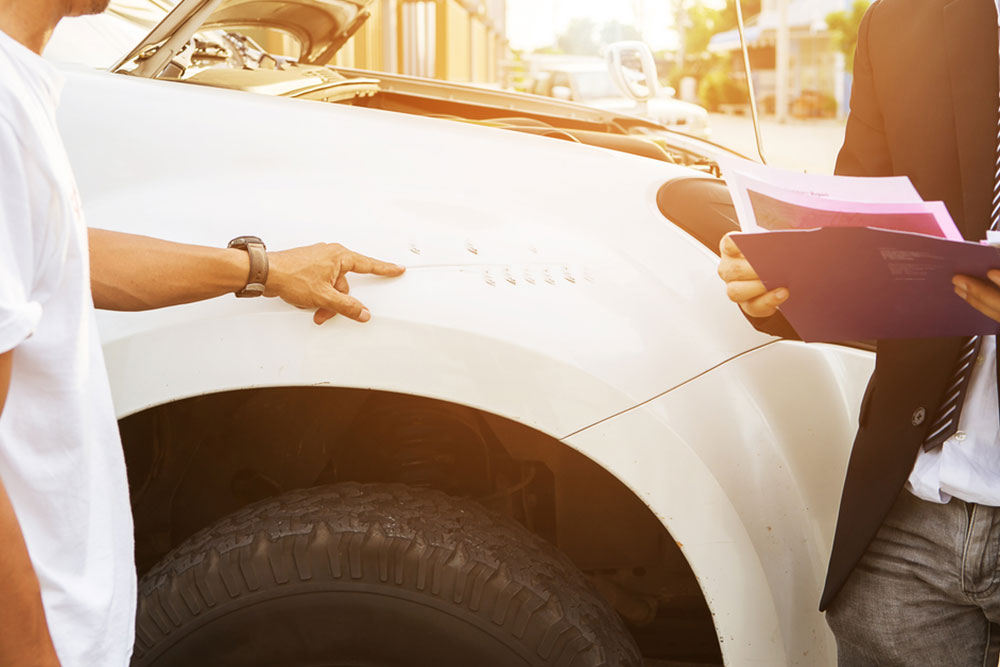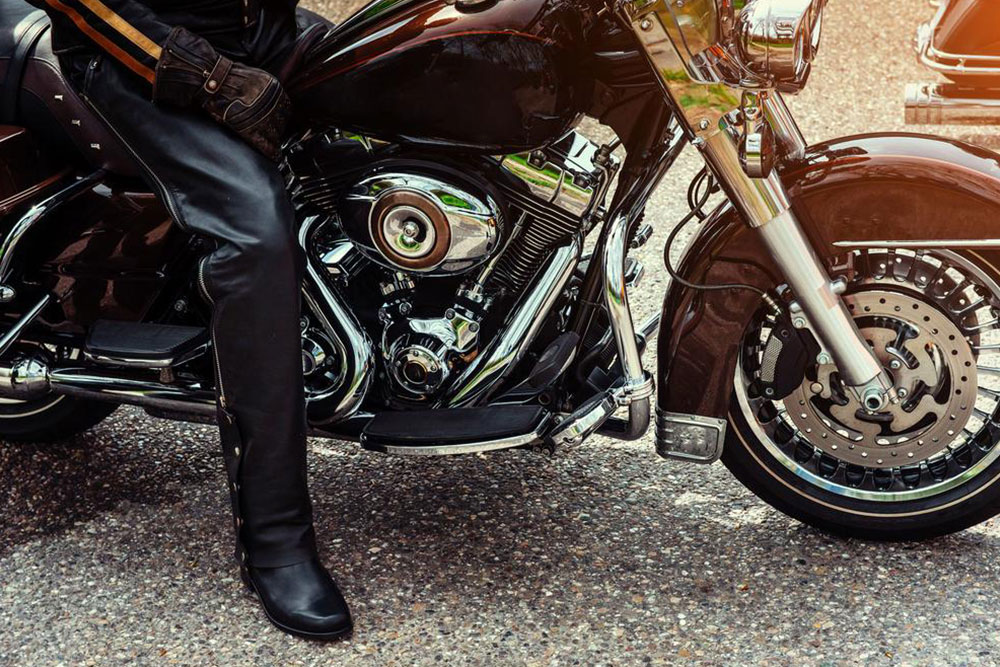Comprehensive Guide to Assessing Your Harley-Davidson’s Trade-In Value for Maximum Benefit
Learn how to accurately appraise your Harley-Davidson motorcycle for trade-in or sale. Discover essential valuation methods, tips for maximizing your bike’s value, and strategic advice to negotiate the best deal. This comprehensive guide ensures you understand current market trends, prepare your bike effectively, and achieve optimal trade-in results—empowering you with expertise in motorcycle valuation and sales.

Comprehensive Guide to Assessing Your Harley-Davidson’s Trade-In Value for Maximum Benefit
Evaluating the true worth of your Harley-Davidson motorcycle is a crucial step whether you're planning to trade it in for a new model, sell it privately, or simply want to understand its current market value. Harley-Davidson motorcycles are renowned for their durability and strong brand presence, which often helps them retain significant resale value over time. Knowing your bike's accurate trade-in worth ensures you can negotiate confidently and secure the best deal possible. This detailed guide explores various effective strategies and tips to accurately determine your motorcycle's value, helping you optimize your selling or trading experience.
Key Methods to Determine Your Harley-Davidson’s Trade-In Price
Utilize Kelley Blue Book (KBB): Visiting Kelley Blue Book's website allows you to input your Harley-Davidson's specific details—such as year, make, model, and condition—to receive an estimated trade-in range. KBB considers regional market trends, the motorcycle's condition, and mileage, providing a comprehensive valuation that can serve as a solid starting point for negotiations.
Check NADA Guides: The National Automobile Dealers Association’s platform offers detailed motorcycle valuations based on key factors like mileage, overall condition, mileage, and additional features. NADA guides are widely trusted by dealerships and private sellers alike, making them an essential resource for precise valuation.
Visit Local Motorcycle Dealerships: Professional dealerships have access to sophisticated pricing tools and market data, enabling them to give you trade-in estimates. Visiting multiple dealerships provides a range of offers, ensuring you understand your bike’s value in the current market. Additionally, some dealerships may offer to connect your trade-in with manufacturer resale programs or certified pre-owned options.
Explore Online Auction Platforms: Websites like eBay Motors and other online auction sites offer insight into what collectors and private buyers are currently willing to pay for used Harley-Davidson motorcycles. Observing actual sale prices gives you real market data, especially for rare or vintage models, and helps you set realistic expectations.
Seek Professional Appraisals: Certified motorcycle appraisers can provide formal, unbiased assessments of your bike’s value. An appraisal considers all aspects of your Harley, including condition, modifications, and market trends, offering you a precise estimate that can strengthen your position in negotiations.
Compare Pricing Across Online Resources: Conduct thorough searches using browser queries like “current Harley-Davidson value” or specific model details. Cross-referencing prices from reputable motorcycle sales platforms, classified ads, and dealership websites can help you identify a fair market price and spot potential undervalued or overvalued listings.
Pro Tips to Maximize Your Harley’s Trade-In Value
Organize All Relevant Documentation: Maintain comprehensive records of maintenance history, repairs, accidents, and ownership documents. Providing detailed service records builds buyer confidence, transparently showcasing the motorcycle's condition and history, often increasing its perceived value.
Make Thoughtful Upgrades: Enhancing your Harley with performance parts, aesthetic modifications, or comfort features can increase its appeal. However, focus on upgrades that are legal, well-executed, and desirable in the current market—avoid impulsive or non-compliant modifications that might decrease value.
Maintain Your Motorcycle Regularly: Consistent cleaning, servicing, and prompt repairs keep your motorcycle in top condition. A well-maintained bike not only sells for a higher price but also signals to buyers that it has been cared for diligently.
Negotiate Strategically: Don’t accept the first offer; leverage your research and the bike’s documented condition to negotiate for a better trade-in value. Be confident and patient—sometimes, dealers need time to offer their best prices.
Select Optimal Trading Venues: Focus on markets where your specific Harley-Davidson model has high demand. The right market or dealership can significantly affect your final offer, especially if your bike has rare or collectible features.
Be Patient and Strategic with Timing: Market demand fluctuates seasonally and based on economic conditions. Timing your trade or sale during peak demand periods or after performing pre-sale improvements can yield higher offers.
In conclusion, determining the accurate value of your Harley-Davidson is a combination of research, proper valuation methods, and strategic preparation. Utilizing online tools, professional appraisals, and market insights can help you set realistic expectations and secure the best trade-in deal. Remember, each step taken to present your motorcycle in its best light can significantly impact the final offer, whether you're trading in for another bike or selling outright. With careful effort and informed decisions, you can maximize your Harley's trade-in value and ensure a smooth, profitable transaction.




